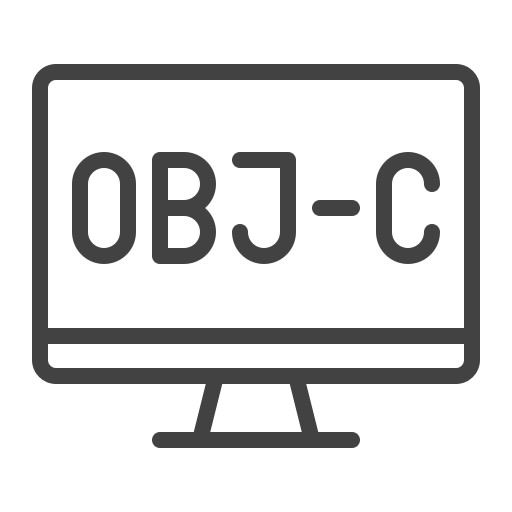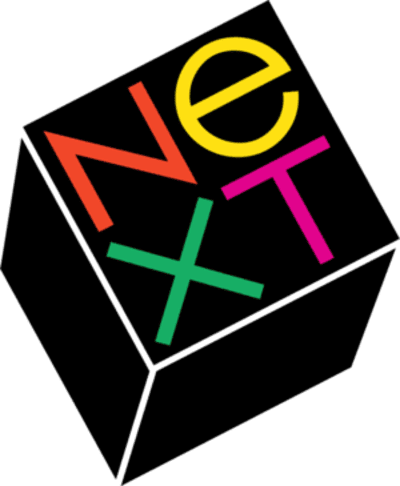~ What is Objective - C . . . ?


"More than just a language"

Objective-C is more than just a programming language—it's a gateway into a unique way of thinking about software design and interaction. Rooted in the principles of object-oriented programming, Objective-C encourages developers to build modular, reusable code while embracing the dynamic nature of runtime messaging. Its integration with Apple’s rich ecosystem of frameworks, like Cocoa and Cocoa Touch, means that writing in Objective-C is not just about syntax—it's about engaging with a powerful development environment that enables expressive, efficient, and elegant solutions. The language’s distinctive syntax and flexibility promote a mindset that values adaptability and deep system-level understanding. For many developers, Objective-C becomes not just a tool, but a philosophy of crafting user-centric, innovative applications that push the boundaries of what software can do.
Objective-C has a rich and fascinating history that dates back to the early 1980s. It was created by Brad Cox and Tom Love, two software engineers who wanted to combine the power and performance of the C programming language with the elegance and flexibility of object-oriented programming. Inspired by Smalltalk's messaging system, they designed Objective-C to allow C programs to use objects and message-passing, giving rise to a new way of structuring code. Brad Cox, in particular, envisioned software as reusable components, which he called “software-ICs,” much like integrated circuits in hardware. This vision deeply influenced the development of Objective-C as a modular and scalable language.



In 1988, NeXT Inc., a company founded by Steve Jobs after he left Apple, licensed Objective-C to use in their own development environment. It became the cornerstone of NeXTSTEP, an operating system that would later evolve into macOS and iOS. Objective-C gained significant traction when Apple acquired NeXT in 1996, bringing Jobs—and Objective-C—back to Apple. From there, Objective-C became the primary programming language for Apple's software ecosystem for over a decade, powering iconic applications and systems across macOS and iOS. Its influence is deeply embedded in Apple’s developer culture, forming the foundation upon which many modern Apple technologies, including Swift, were built. The language’s legacy endures not only in the code that still runs today but also in the principles and frameworks that continue to shape software development on Apple platforms.